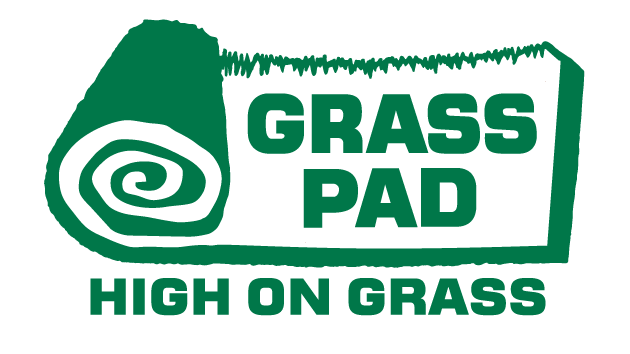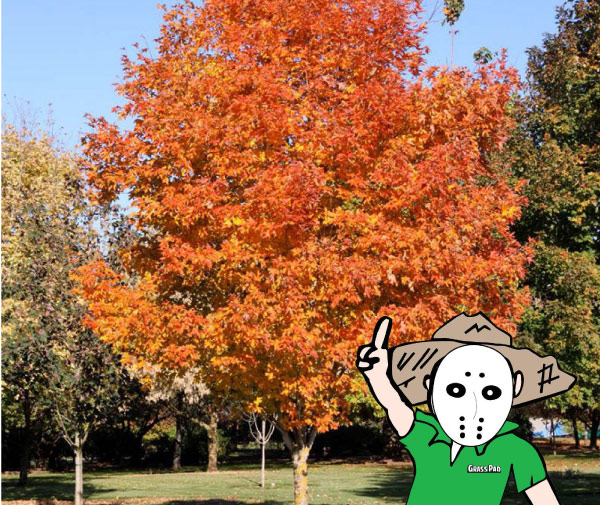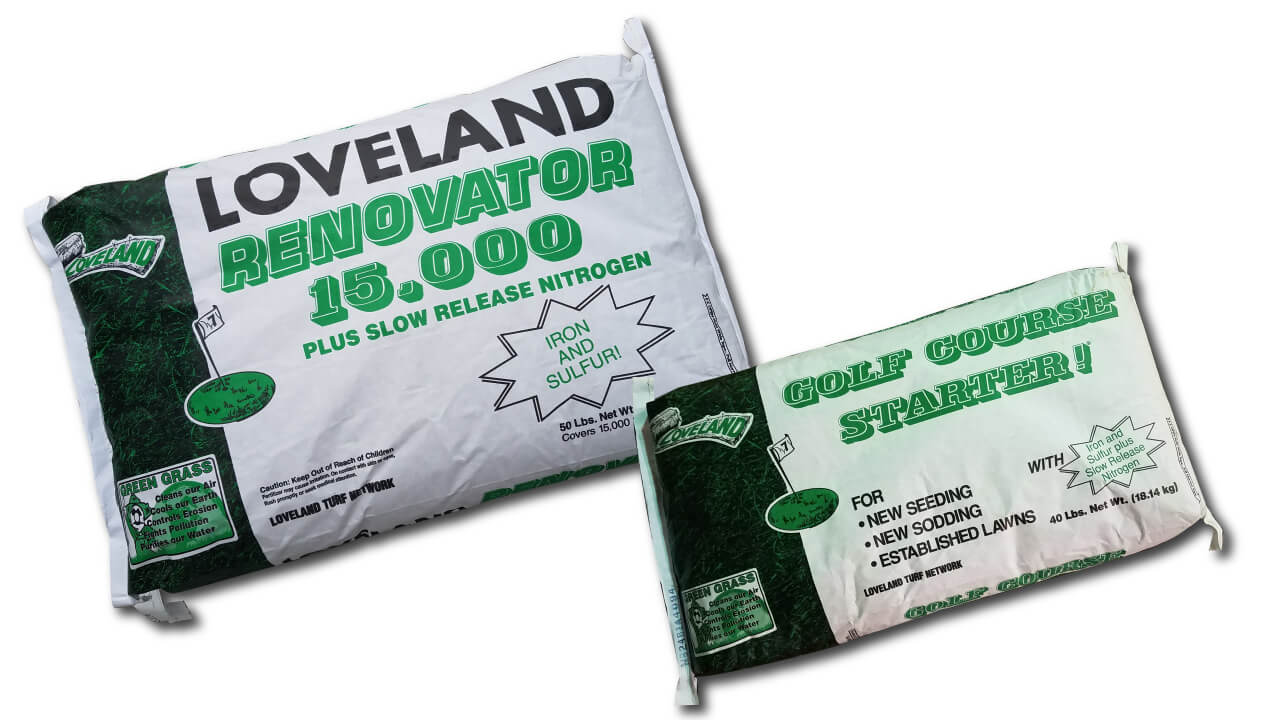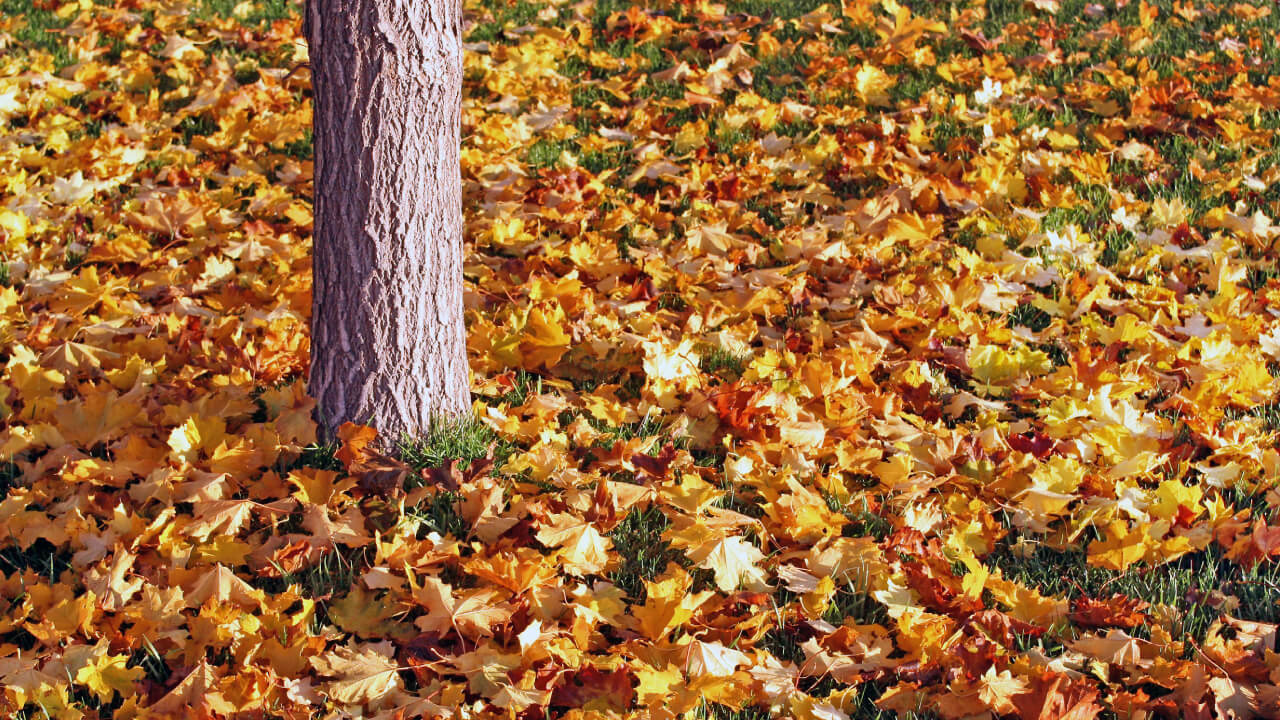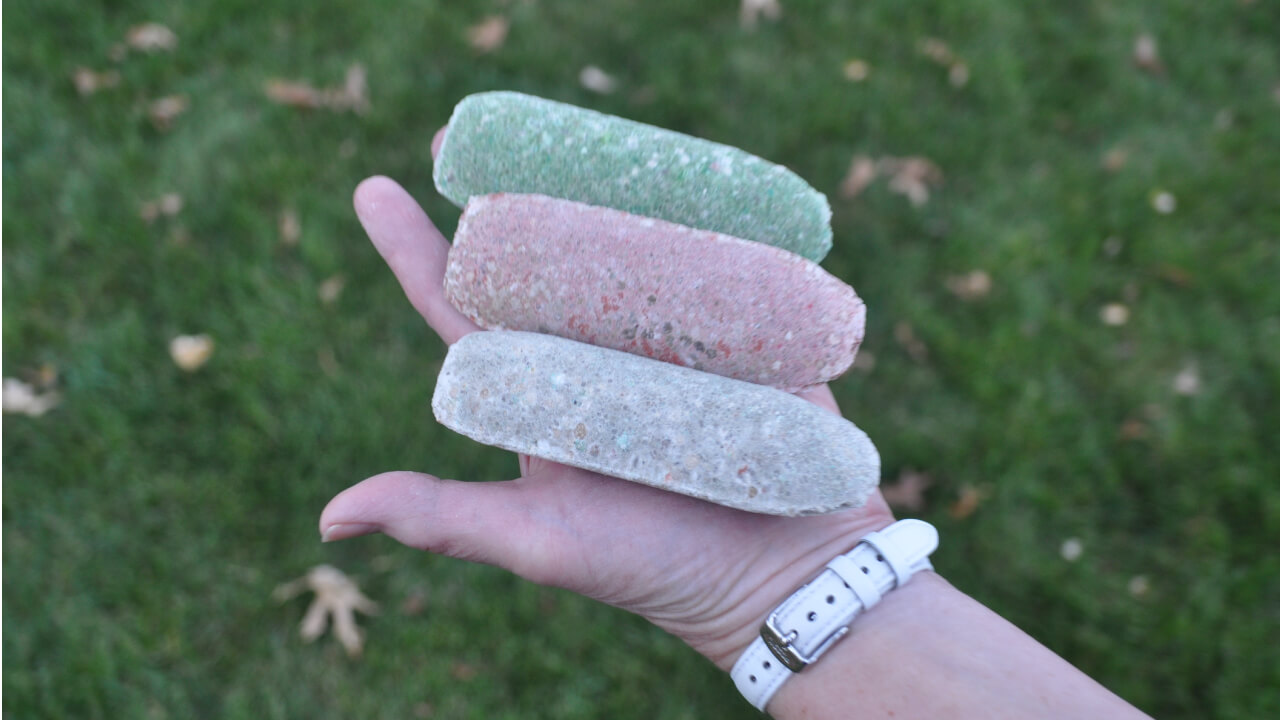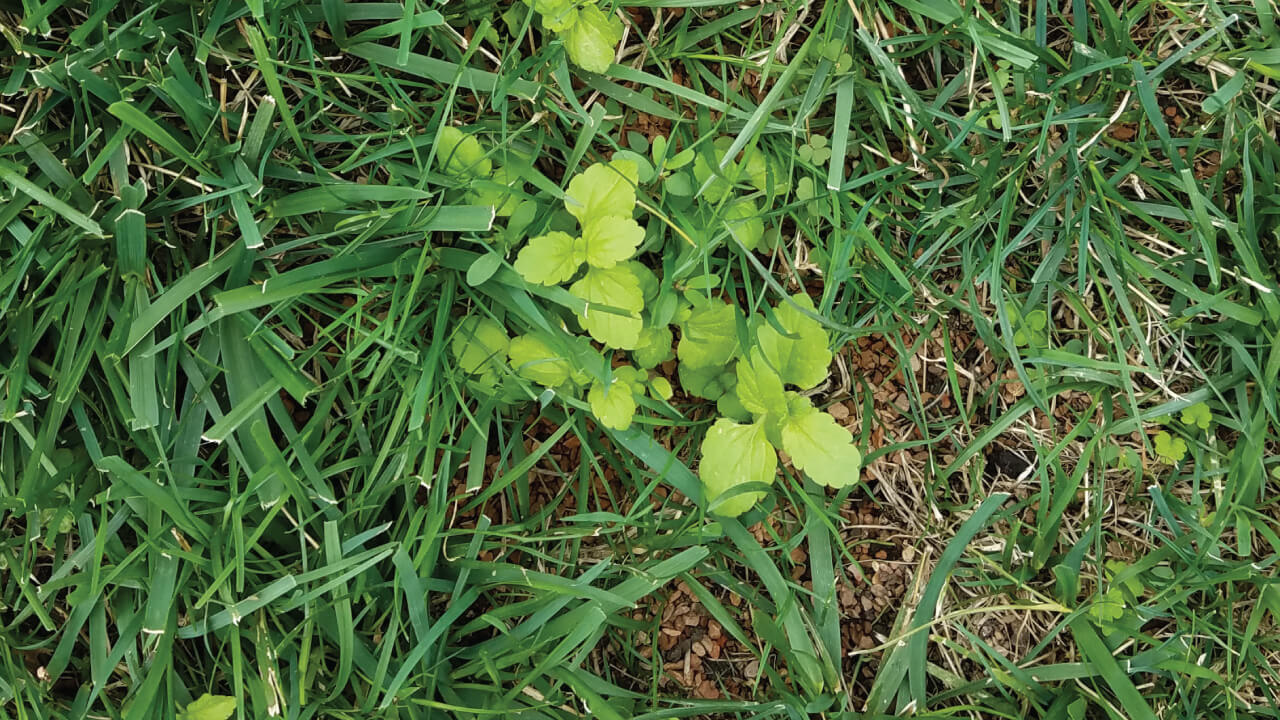It’s mid-October; homeowners with cool-season grasses savor these mild fall temperatures. If you have been following Uncle’s Idiot Proof Lawn Program and you have a cool-season grass, your lawn is looking incredible right now. After all, cool-season grasses, like Blue Wave, Estate Mix, Macho Mix, and Heat Wave, look their best during the “cool seasons” of spring and fall. When Mother Nature cooperates, it’s easy to have a great looking lawn in October, but how do we keep them looking like Augusta National next July? Follow these steps to ensure your lawn continues to make your neighbors jealous.
See Related: What about warm-season zoysia grass?
1. Booster Shot of Renovator/Golf Course Starter
Cool weather is finally here and your lawn is hungry! Fall is the best time of year to feed your new and existing grass, and if you’ve already applied your first round of Renovator or Golf Course Starter, it’s time to apply your booster shot.
Pay attention to the details and prepare your lawn now for next year’s unpredictable season. Oh, we understand; that wonderful feeling when you look forward to mowing your lawn. You get lost in time gazing at those beautifully cut diamond patterns and edges trimmed to perfection. You will be easily mesmerized by the deep dark green living carpet on your lawn and easily overlook that critical second fall fertilizer application.
That first fall application of Renovator or Golf Course Starter fertilizer you threw down last month kicked it up a notch. But here’s your reminder. Stop staring at your lawn stripes and look inside your garage. If you bought an Idiot Proof Lawn Program and still have bags of Renovator or Golf Course Starter sitting on your garage floor in mid-October, get out there and throw it down today!
See Related: Uncle’s Idiot Proof Lawn Program
Next Summer’s Lawn Care Starts this Fall
Cool-season grasses are storing nutrients to survive winter dormancy and early spring green-up. Fall applications of nitrogen, contained in Renovator and Golf Course Starter, develop energy reserves essential to endure winter stress and sustain a healthy lawn. But it’s not all about nitrogen. Don’t forget about Snowman, the winter root builder. Throw Snowman down at Thanksgiving, before the ground freezes hard. Snowman contains supplemental elements like phosphorous and potassium to encourage root establishment, boost disease resistance, and enhance drought tolerance.
See Related: Snowman – Key to Lawn Domination
2. Remove Leaves from the Lawn and Keep Mowing
Everyone loves the changing color of the leaves, signifying shorter days of fall have arrived. Unfortunately, while they look beautiful, a heavy canopy of fallen leaves can block sunlight from getting to your new grass. Ensuring the healthy establishment of newly seeded grass in your lawn, remove the leaves before they start to block sunlight and harm the grass. Physically removing the leaves by raking, blowing or mowing, and bagging is the best option. But mulch mowing the leaves can work as well if you own a good mulching mower and can cut often enough to eliminate leaving large clumps of shredded leaves over the top of the grass.
Should I Mulch or Bag the Clippings?
It is important to mow your lawn as needed, maintaining your normal height of cut. Use a sharp blade on a day when the grass is not wet. When it comes to mulching or bagging, use your best judgment. If it’s late in the season and you have a heavy layer of leaves on top, it may be best to bag it. If you have fewer leaves and a decent mulching mower, it would be acceptable to mulch mow. Avoid leaving thick smothering layer of grass clippings or mulched leaves over the top of the grass.
See Related: Mowing Height of Cut for Grass
3. Fertilize your Trees and Bushes
Your trees are hungry too! Fall is the best time to feed established trees, and if you have new trees you should be using Uncle’s Root Accelerator once a month for the first year after planting. Fertilizing your trees protects the time and money you have invested. The best way to protect your trees and shrubs from environmental and insect stress is to ensure they are as healthy as possible. For established trees, use tree spikes, a root feeder, or Green Love fertilizer around the dripline of your tree for best results.
See Related: Fertilizing Trees in the Fall
4. Control Weeds after Overseeding
Every year we see customers who follow the fall seeding instructions end up with new weeds in their lawn. Don’t worry, that’s normal! October and November are an excellent time to control broadleaf weeds like dandelions, clover, and chickweed. In fall, broadleaf perennial weeds are busy collecting energy from photosynthesis and storing it in the crown and roots.
SpeedZoneEW and Trimec contain systemic herbicides that will move through the leaf tissue and into the crown and roots for a complete kill. Killing broadleaf weeds in fall will allow the grass plants more room to grow and fill in before spring weeds and summer crabgrass germinates. Wait for twenty eight days after overseeding before applying herbicides. Waiting until you have mowed the new grass at least three times is a good rule to remember. If you still see grassy weeds like crabgrass or foxtail, fear not; these weeds will die with the frost. Be sure to use Uncle’s PREVENT! crabgrass pre-emergent next spring to stop these grassy weeds from sprouting.
See Related: Weed Control after Fall Overseeding
5. Eliminate Bare Areas and Eliminate Summer Weeds
Get out and walk the lawn looking for bare or thin spots that may have been missed at overseeding. Throw down Macho Mix or Estate Mix; both contain a percentage of elite sports turf quality perennial rye that will germinate quickly in cooler soils and establish rapidly. Use Primera Sports Field Conditioner or sphagnum peat moss over the top of the seed and keep it moist. Washed out areas around gutter downspouts or steep slopes can easily be repaired using sod. Sod is steadily available at all Grass Pad locations until the ground has frozen, typically mid-December. Remember, “No bare spots will mean no weeds next spring.”
See Related: How to Install Sod
